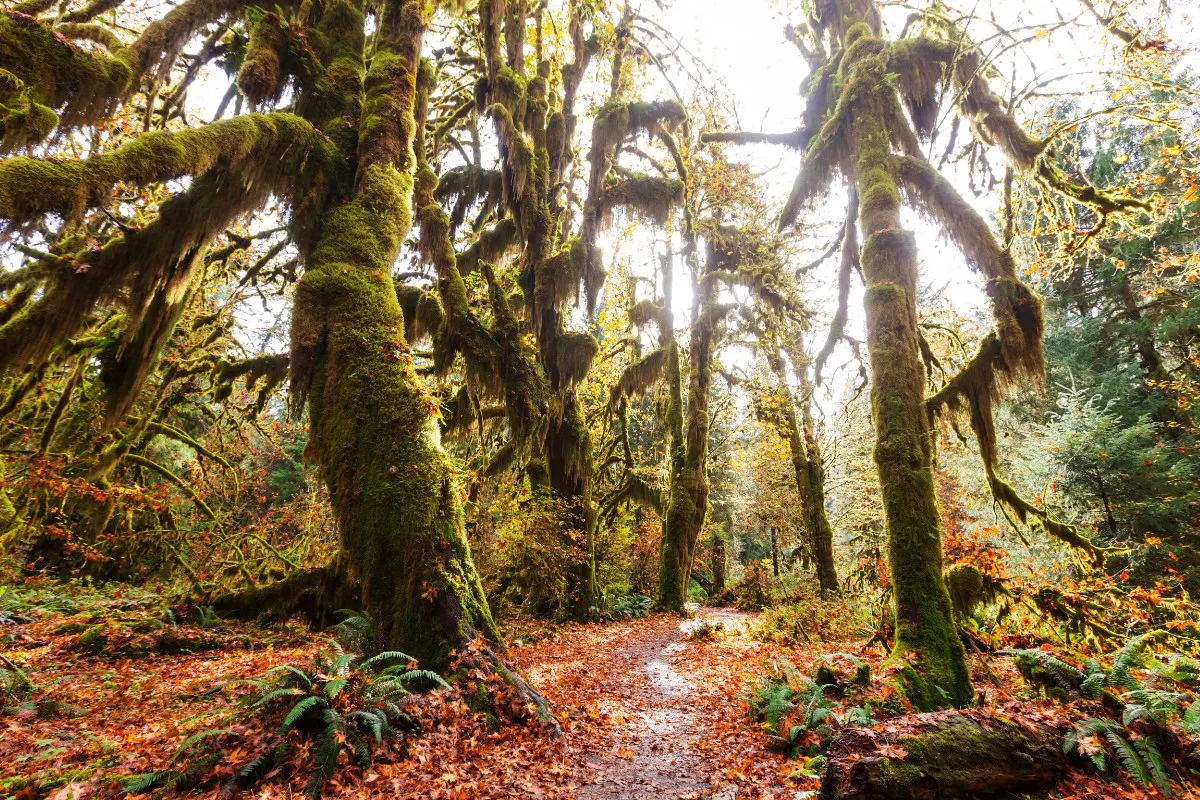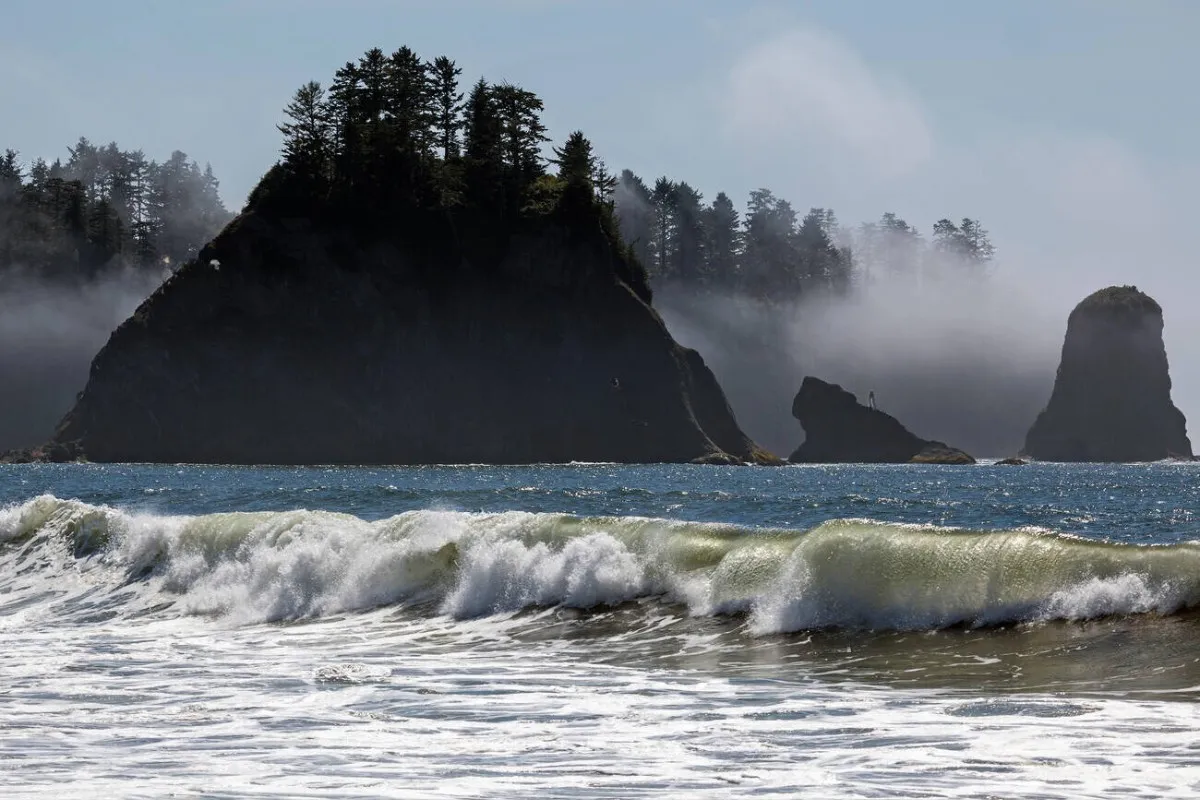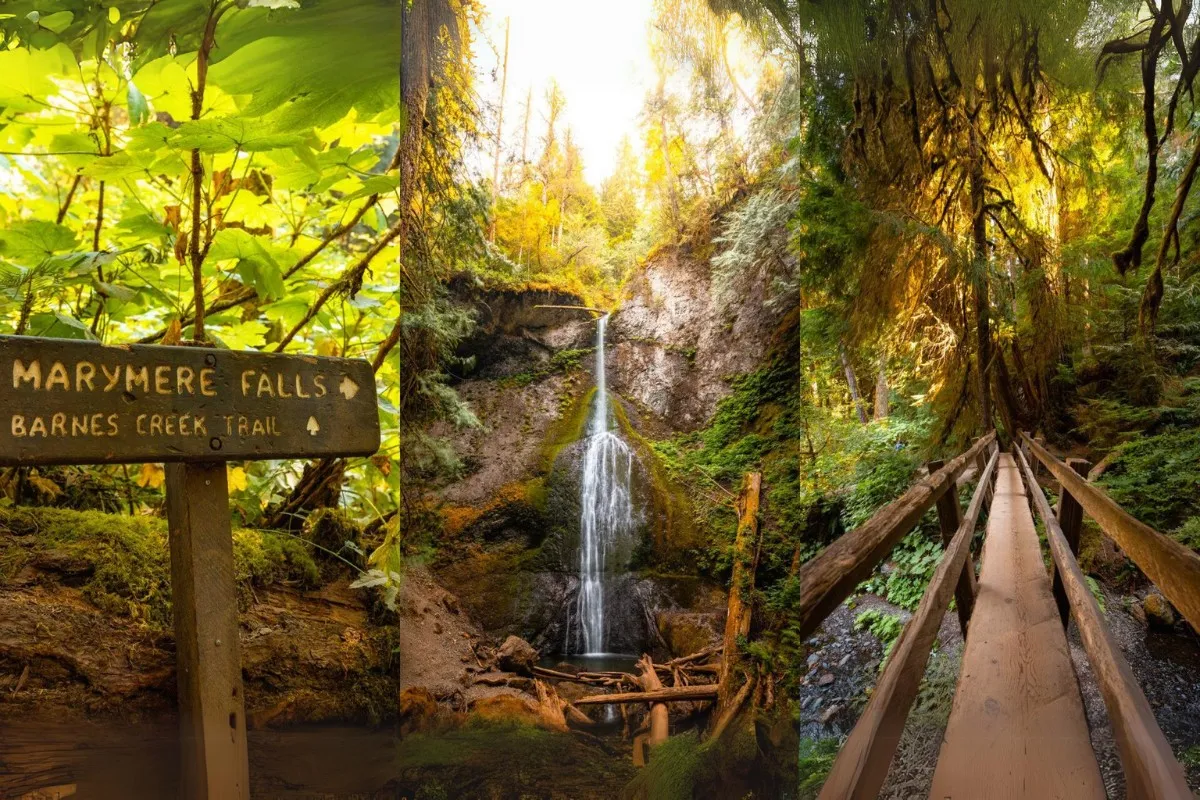Olympic National Park, located in Washington State, USA, is a dream destination for those who love trekking and exploring wild nature. With diverse ecosystems, from lush temperate rainforests to year-round snow-capped mountains and rugged Pacific coastlines, this park offers countless unique and memorable trekking experiences. Let’s discover valuable trekking tips for a safe and fulfilling journey in this “precious gem.”
Introduction to Olympic National Park
Olympic National Park is not only a vast nature reserve but also a living portrait of the biodiversity of the Pacific Northwest. Covering nearly 4,000 km2, the park encompasses three main ecosystems: coastline, temperate rainforest, and alpine region. This unique combination creates an ideal habitat for many rare plant and animal species, while offering visitors breathtaking landscapes and endless exploration opportunities.
Ideal Time to Trek in Olympic National Park
Choosing the right time is crucial for a successful trekking trip.
Summer (June – August)
Summer is the best time to trek in Olympic National Park. The weather is warm and dry, with average temperatures ranging from 15°C to 25°C (59°F to 77°F), creating favorable conditions for outdoor activities. However, this is also the peak tourist season, so you should book accommodation and trekking tours in advance to avoid full bookings.

Autumn (September – October)
Early autumn is another excellent option. The weather is still pleasant, with temperatures ranging from 10°C to 20°C (50°F to 68°F), and the number of visitors decreases significantly compared to summer. This is an ideal time to admire the brilliant colors of maple leaves changing, creating a romantic and peaceful scene.
Popular Trekking Trails in Olympic National Park
Olympic National Park has countless trekking trails, suitable for all levels and preferences. Here are a few suggestions:
Hoh Rain Forest
The Hoh Rain Forest is one of the largest temperate rainforests in the United States. Trekking through winding trails among ancient trees covered in green moss, you will feel the magic of wild nature.

Hurricane Ridge Trail
The Hurricane Ridge Trail offers stunning panoramic views of the majestic Olympic Mountains. In summer, when the snow melts, clear blue lakes appear, creating a picture of natural beauty.
Rialto Beach
Rialto Beach is one of the most pristine and captivating beaches in Olympic National Park. Walking along the black sand beach, admiring the large rocks jutting out from the ocean, you will feel the power and boundlessness of nature.

Sol Duc Falls Trail
The Sol Duc Falls Trail is a great option for those who want to experience a short day trek. The path leads to the magnificent Sol Duc Falls, one of the most beautiful waterfalls in the park.

Ozette Triangle Trail
The Ozette Triangle Trail is a diverse trekking route, combining rainforest, beaches, and caves. This is an exciting and challenging journey, suitable for those who love exploration.
Preparing for Your Trek in Olympic National Park
To have a safe and successful trekking trip, you need to prepare thoroughly in terms of physical fitness, equipment, and knowledge.
Physical Training
Before starting your trekking trip, take time to train physically to improve your endurance and flexibility. You can go for long walks, jogging, stair climbing, or strength training exercises.
Essential Equipment
- Trekking shoes: Choose comfortable, well-fitting trekking shoes with good grip.
- Backpack: Choose a backpack of suitable size for your needs, with multiple compartments to store belongings and water resistance.
- Clothing: Bring breathable, quick-drying clothing that provides protection from sun, wind, and rain.
- Personal items: Sunscreen, hat, sunglasses, medications, first aid kit, flashlight, map, compass, multi-tool knife, lighter, snacks, and water.
Knowledge and Skills
- Learn about the trekking trail: Understand the length, difficulty, terrain, and important stops on your chosen trail.
- Navigation skills: Know how to use a map and compass to navigate in the forest.
- First aid skills: Know how to handle emergencies such as sprains, scratches, insect bites, or heatstroke.
- Survival skills: Know how to find food, water, and build temporary shelters if you get lost.
Important Notes When Trekking in Olympic National Park
- Follow park regulations: Do not litter, do not make noise, do not harm wildlife, and do not light fires illegally.
- Inform relatives or friends about your trekking plan: Provide detailed information about the trail, expected time, and your contact phone number.
- Go in groups: Trekking alone can be dangerous, especially on difficult trails.
- Monitor the weather: Check the weather forecast before going and be prepared for unexpected changes.
- Drink enough water: Ensure you provide enough water for your body throughout the trekking process to avoid dehydration.
- Be careful with wildlife: Do not feed wildlife and keep a safe distance from them.
- If you get lost, stay calm and find a way to contact rescue forces.
Conclusion
Trekking in Olympic National Park is a wonderful experience, giving you the opportunity to explore the pristine and majestic beauty of nature. With careful preparation and an adventurous spirit, you will have a memorable and joyful journey. Remember to follow safety rules and protect the environment to help preserve the beauty of the park for future generations. Wishing you a successful and memorable trekking trip!